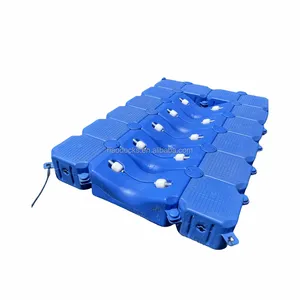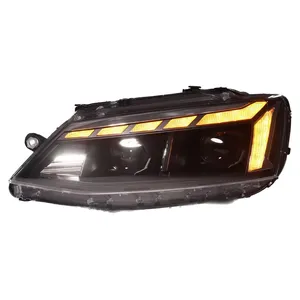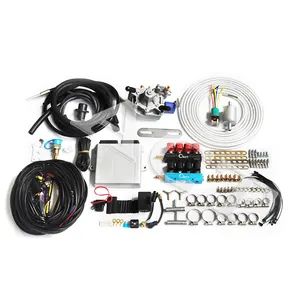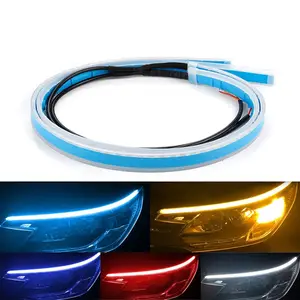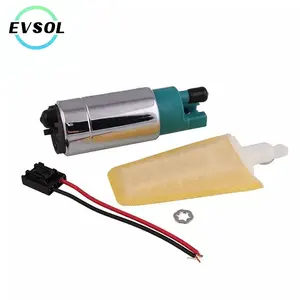Popular in your industry




















































Top categories
About stair ramps
A stair ramp is an inclined surface that provides a gradual slope, allowing people or furry pets to move between different levels without using stairs. The incremental design of the stair ramps accommodates individuals with mobility challenges, such as those who use wheelchairs, walkers, or other mobility aids, making it easier for them to navigate.
What are the uses of a stair ramp?
Stair ramps, versatile in their utility, extend beyond human accessibility, catering to various needs. Beyond facilitating mobility for individuals, they find application in diverse scenarios. For instance, the pet stair ramps cater to animals, particularly those facing mobility challenges; ramps serve as essential aids, providing a gradual incline for aging or injured animals. In veterinary clinics and grooming salons, these ramps provide a stress-free experience, enabling pets to navigate elevated surfaces easily. The portability of ramps adds another layer of convenience. Specifically designed for easy transport, portable stair ramps feature foldable or telescopic mechanisms. This makes them ideal for various locations, including outdoor events, parks, or any setting requiring a temporary incline.
Additionally, In the automotive industry, ramps play a vital role in easing the movement of pets, ensuring a smooth boarding and disembarking process. Moreover, for individuals with disabilities, ramps become indispensable for entering or exiting vehicles, enhancing their independence in transportation. Even in recreational contexts such as cycling, ramps find utility. They assist in loading and unloading bicycles or motorcycles, contributing to a seamless and accessible experience in daily life.
What are the two types of stair ramps?
Two primary types of stair ramps, each designed to enhance accessibility in distinct ways. Firstly, there are stair ramps for wheelchairs, which come in two main categories—portable and permanent. The previous ones are lightweight and adjustable, making them suitable for temporary use or situations where flexibility is essential. While the latter are fixed structures integrated into buildings, adhering to specific codes and standards to provide a lasting solution for accessibility. Their structure is deemed necessary for cat or dog stair ramps.
The second category involves stair lifts, particularly beneficial when traditional ramps are impractical. Inclined platform lifts move along the staircase, transporting a wheelchair and its occupant smoothly up and down. This solution is commonly employed in homes or buildings where space constraints make traditional ramps challenging. Alternatively, vertical platform lifts move vertically between levels, accommodating wheelchairs and individuals. These lifts are helpful in settings where stairs are steep, or space is limited, offering a practical means of accessibility. Both wheelchair ramps and stair lifts aim to empower individuals with mobility challenges, providing them with options to navigate different building levels effectively. The choice between these solutions depends on factors such as space availability, building layout, and the specific needs of the users.
